PHIPPSBURG — Located roughly 40 minutes from Portland, the Basin Preserve is unique for several reasons. The land stewards at The Nature Conservancy, which owns the protected wild land, say it’s rare for its size and natural features. It covers 1,900 acres along the coast, and is home to a pitch-pine woodland, one of the few found in Maine.
Drew Barton, a biology professor at the University of Farmington, said the Basin Preserve can almost transport you back in time, showing how this part of the coast looked thousands of years ago.
“It’s one of the special places in Maine, an unknown place,” he said. “I’m a forest ecologist. I study why a forest is different from one place to another. This place is very different.”
In February during the Great Maine Outdoor Weekend, the statewide celebration of the outdoors, Conservancy land steward Dan Grenier will lead a snowshoe trek across the Basin Preserve. It’s something he did often when the Conservancy first opened the land to users four years ago. But the preserve still remains little-known, Grenier said.
Today this huge preserve – given to the Conservancy in 2006 by an anonymous donor and opened to the public with 10 miles of trails in 2010 – is not widely traveled, but is unusual because of its size and pitch-pine stand.
Much of the longer, 6-mile trail on the property cuts through an oak-pine forest and down into bogs rich with spruce and maple trees. Then suddenly it changes.
In the pitch-pine forest, where there is almost no topsoil, boulders colored with lime-green lichen sit beside knotty, misshapen tree trunks. Here the trees are little more than 8 to 10 feet high, markedly different from the pine and spruce next door. It’s like stepping back in time.
“It feels otherworldly to me,” Grenier said. “It’s a really fascinating, beautiful spot. These little gnarly, bonsai-type trees. These trees are older than you think. They don’t grow fast.”
Five years ago Barton and his students at the University of Farmington went into the Basin Preserve and pulled out a core of dirt 10 to 12 feet deep. They sent it to the University of Maine Climate Change Institute for radio-carbon dating.
“It’s like a multimillennium time capsule,” Barton said. “You can reconstruct from 5,000 and 2,000 years ago.”
They also took tree rings to age the trees in the pitch-pine stands.
The study showed that in most of the preserve the landscape had changed from forest to farmland within the past few centuries. In the 1800s it was cleared for farming, Barton said, and then as farmland was abandoned in the midcoast, the land returned to forest.
“In the preserve you see forest after abandonment, with one exception: Some of that pitch-pine ridge apparently never was cleared,” Barton said.
The biology professor surmised that the tops of the ridges in places were too dry to be farmed, and so the pitch-pine stands were left uncut. Since the lifespan of a pitch-pine tree is only a few centuries, the trees aged there proved no older than 250 years old, Barton said. He believes those trees were preceded by the same species, and that the ridges here have looked as they do now for thousands of years.
“The forest that we had 500 years ago before Euro-American settlement is not the forest we have today. It was very different. But those pitch-pine ridges, I think those were there quite a while. Definitely a couple of thousand years,” Barton said.
The area the Basin Preserve encompasses is the largest swath of protected land along the Maine coast between the Mt. Agamenticus region in York and Camden Hills State Park farther up the coast, said Nancy Sferra, the Conservancy’s director of stewardship and ecological management.
The land here tells its history better than a brochure. Rock walls, cellar holes and ancient cemeteries dominate the woods.
“It’s crazy. You walk around in this forest, and in the middle of the woods all of a sudden you walk right into a cemetery,” Grenier said.
But despite evidence of an agricultural past, the land here today is wild and untouched.
With more than three miles of shoreline, the preserve draws ospreys and bald eagles. Tracks and scat show coyotes, bobcats, fishers and deer roam here too.
Sferra said of all the Conservancy’s preserves, the Basin Preserve is the best for winter fun such as snowshoeing and Nordic skiing, because it allows for parking in the winter.
“Certainly the pitch-pine woodland is pretty unique in the southern coast, especially in the Midcoast. I’m not sure hikers would necessarily realize that,” Sferra said. “But you don’t see that very much in the state.”
Send questions/comments to the editors.


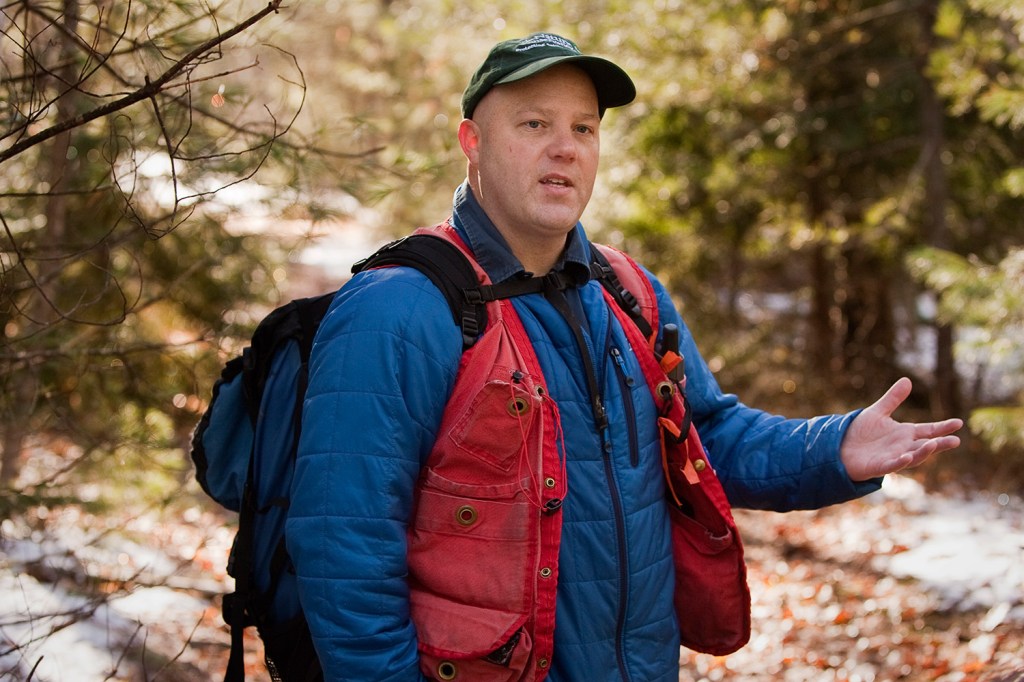
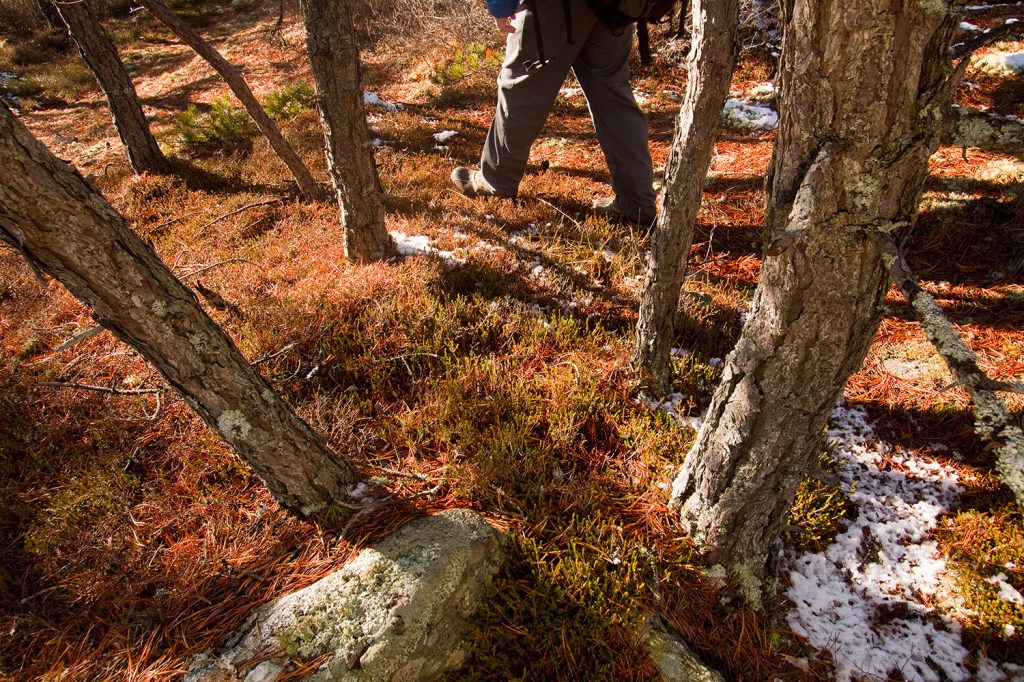
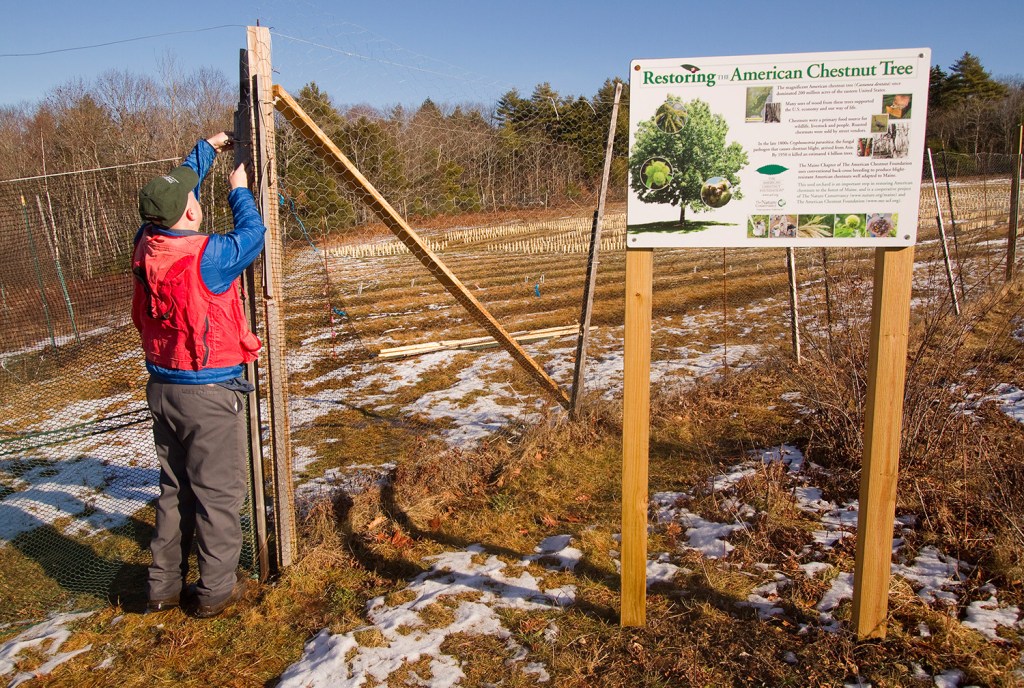
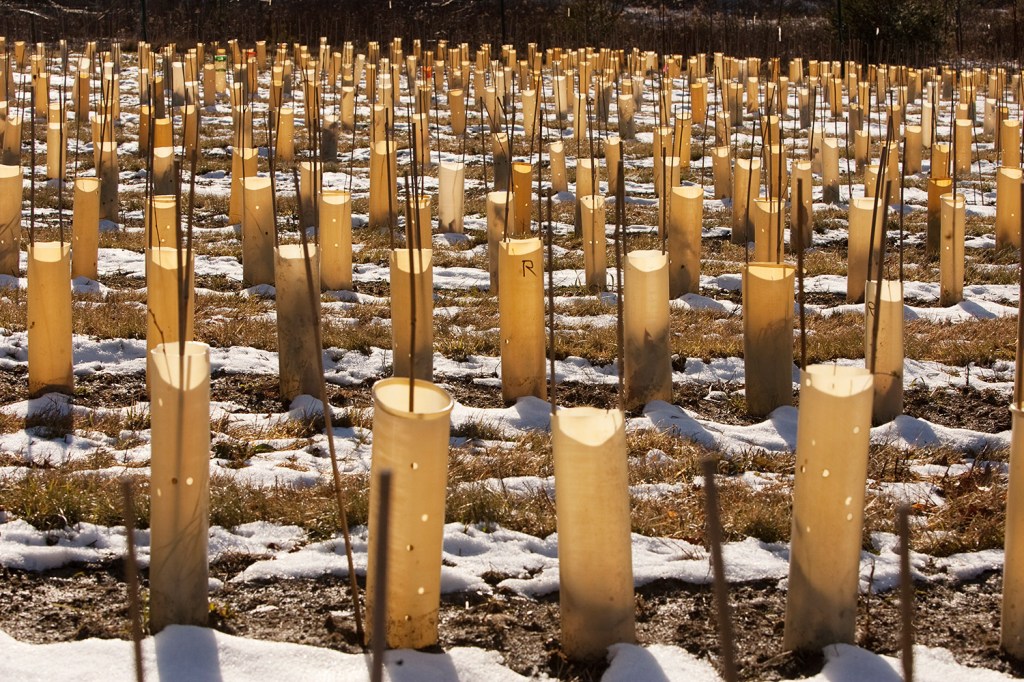
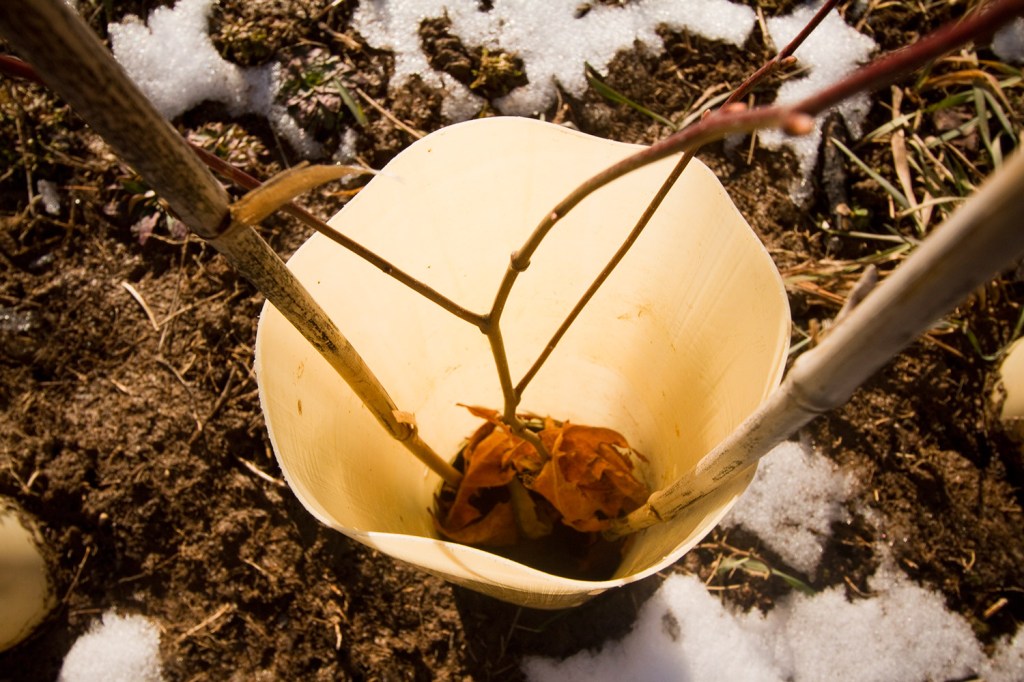
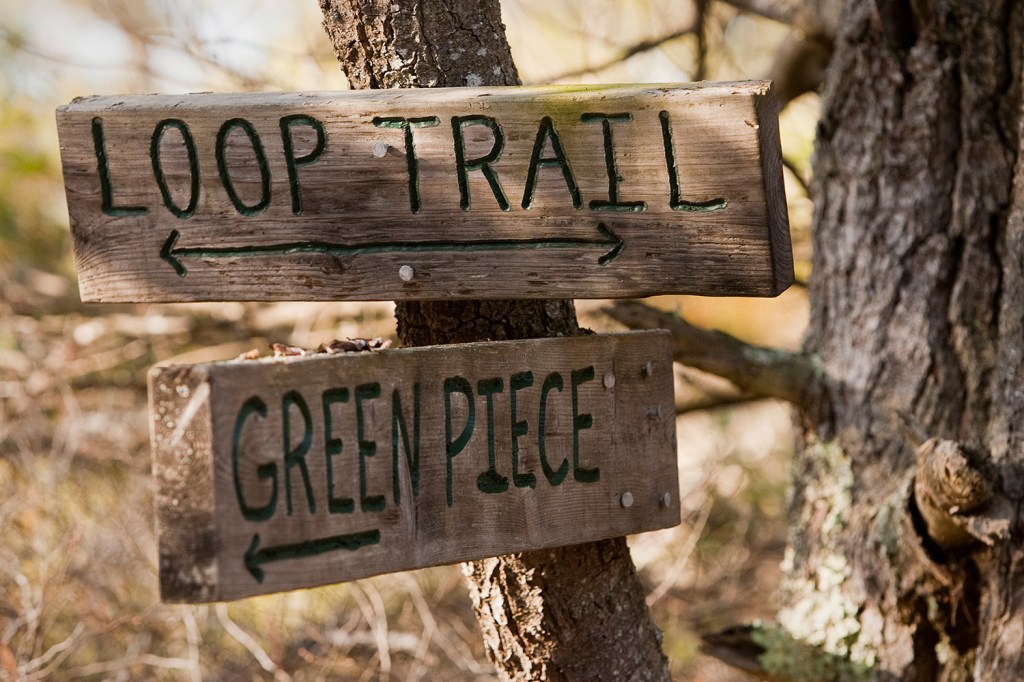
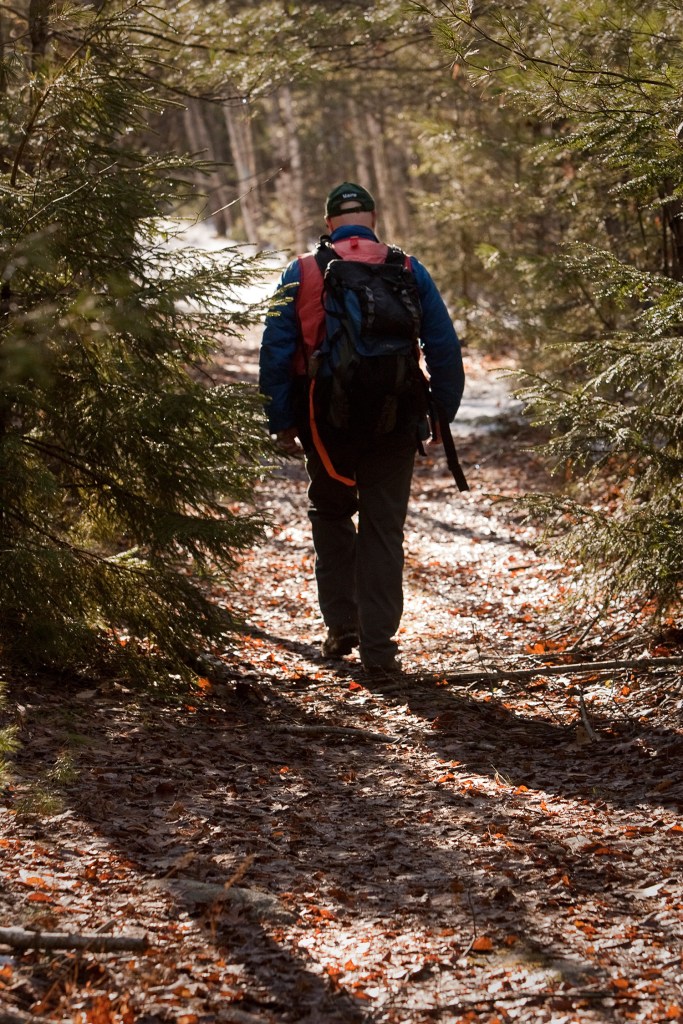
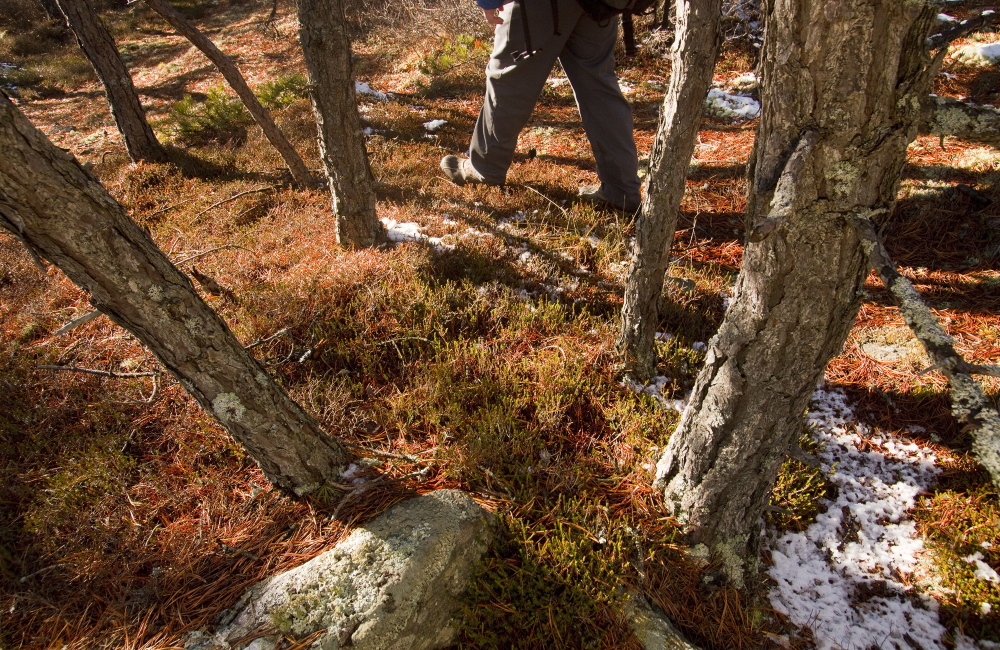

Success. Please wait for the page to reload. If the page does not reload within 5 seconds, please refresh the page.
Enter your email and password to access comments.
Hi, to comment on stories you must . This profile is in addition to your subscription and website login.
Already have a commenting profile? .
Invalid username/password.
Please check your email to confirm and complete your registration.
Only subscribers are eligible to post comments. Please subscribe or login first for digital access. Here’s why.
Use the form below to reset your password. When you've submitted your account email, we will send an email with a reset code.